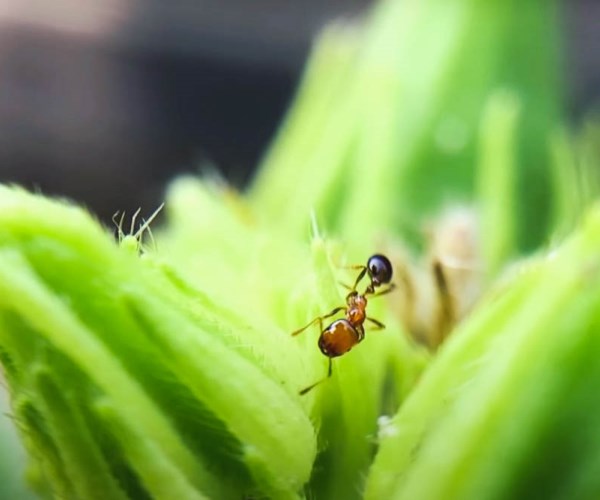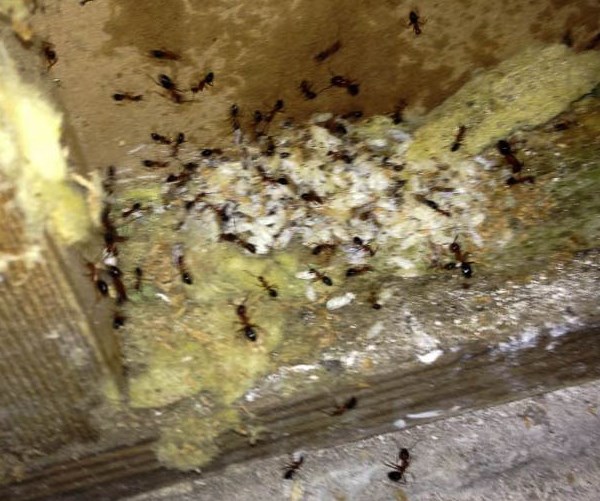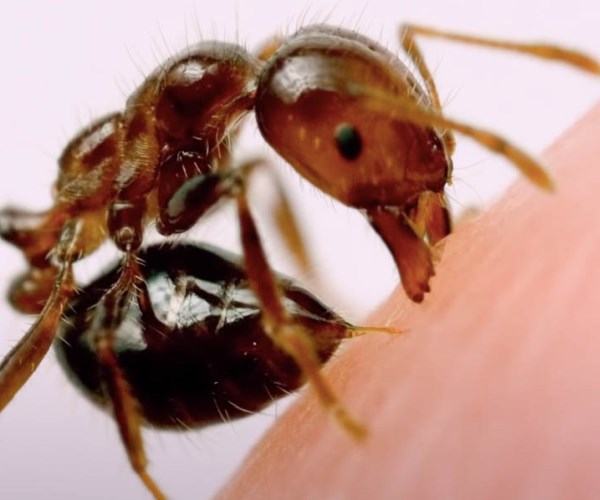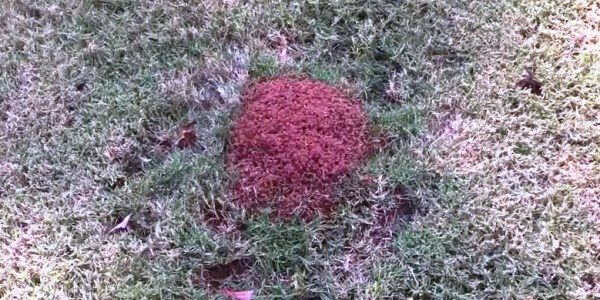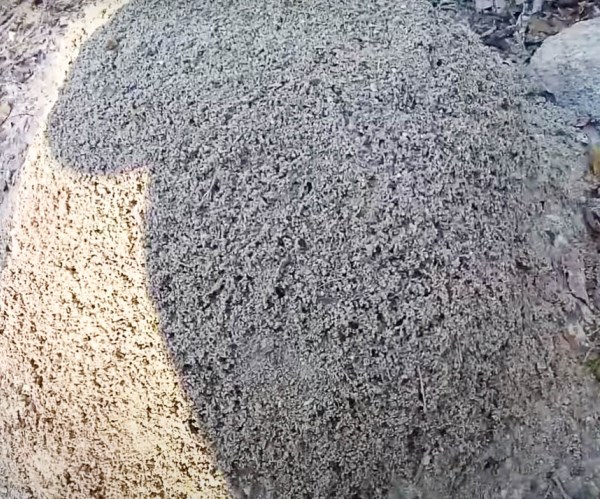Guide On Ant Nests -Facts & Identification
Guide On Ant Nests
Ants are some of the most incredible creatures out there, and they’re also one of the most abundant and unique. In fact, there are over ten thousand ant species in the world, and they can be found everywhere in the world except the North and South pole. With all the sheer variety of ants and locations, there are bound to be different types of nest structures. Here are some of the most common nest types.
Soil Nests
Soil nests are the most common types of ant nests. In fact, these are probably what you imagine when you hear the words “ant nest”. These are built underground and have a pathway leading up to the surface. You can usually spot them by noticing the mound on top. Yet these are also built under rocks or logs to hide it from an ant’s predators.
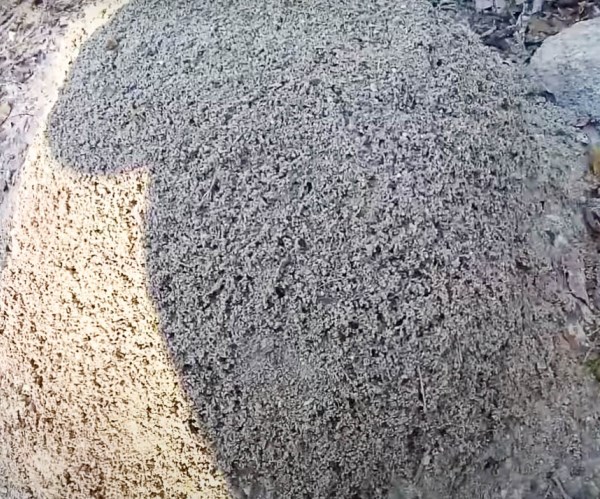
These nests are universal because of all the benefits they provide. For starters, an underground nest helps protect ants from different weather conditions. They can go underground during the winter to avoid the snow and cold. During the summers, the cool underground soil gives these ants a break from the sweltering heat.
The soil nest is usually near a food or water source, so it gives these animals easy access to those! All in all, a soil nest takes care of all their needs. Yet different ant species have different approaches to the soil nest.
Simple Nests
Some ant species, like the honey ant, typically build a simple nest. These nests have a single vertical shaft that splits off into a few horizontal tunnels. You can think of these nests as buildings. They have a single elevator shaft that stops at different floors.
Complex Nests
Fire ants, on the other hand, build complex nests. These types of soil nests can extend several feet underground. They include lots of different tunnels that crisscross each other at various points. You can think of these as Swiss cheese nests, with lots of holes and tunnels that go all over the place and intersect each other.
Wood Nests
The second most common type of nest is the wood nest. These nests are pretty popular amongst carpenter ants and acrobat ants. These ants will tunnel their way through a log, turning its insides into sawdust. Once that’s done, they’ll have a nice hollow tree to live in, and it’ll do a great job of protecting them from the outside world. These types of nests are very incredible and have lots of different benefits, and perhaps the most important is the easy access to moisture. Because trees and other plants have their own reservoir of water, ants can build their homes into these plants to take the water for themselves. Building their home inside a tree also means that the ants can quickly get some sap, leaves, or fruits. Being inside a tree also means that they can hunt the various insects who are looking for food in the area. That’s why these types of nests are excellent for ants looking to fill their stomachs.
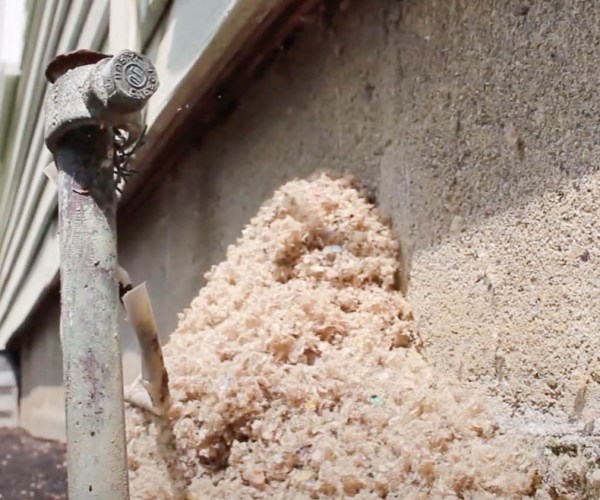
Opportunity Nests
Opportunity nests are some of the worst kinds of nests around. These belong to ants who aren’t very picky about their living condition. So long as there’s food or water, they’re in. That means that these types of nests come in all sorts of shapes and sizes. These can be something as straightforward as the insides of a hollow trunk or under a rock. They can also be pretty complex, like when these types of ants take over another insect’s nest.
These type of ant nests are some of the hardest to get rid of if they pop up around your home. Thankfully, the species who live in opportunity nests don’t usually stay in the same spot for very long, and they’ll move into another spot in a couple of months. What’s incredible is that these ants never get lost from each other, and they’ll always move to the new home together.
This little fact allows these opportunity nests to develop into a super colony, which is a web of small nests connected to each other by pathways that ants make for themselves. These are like an ant state that has all its towns and cities connected to each other with roads!

